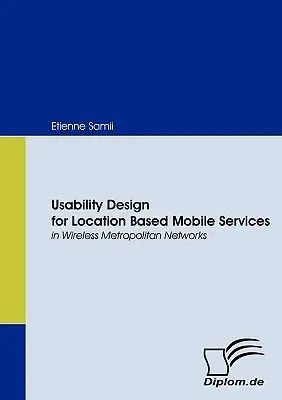Today, mobility has become the key component of modern live, strongly
driven by mobile connectivity via satellite communication, wireless
networks, interactivity and mobile user devices. This huge networking
potential offers the ground for numerous applications in almost every
societal domain. Due to the novelty of most of these products and
services, many of the current applications are yet experimental and
exploratory in nature, and subject to permanent evaluation and
improvement. As new devices, applications and services emerge, also the
number of mobile users is increasing in a rapid manner. Mobile broadband
networks like UMTS, EDGE or Wireless LAN make it possible to reach a
critical mass of users who gain access with their personal mobile
devices, equipped with multimedia and data capabilities. Due to this
development, new interesting possibilities arise for many areas. One of
these areas is the tourism sector, which is being referred to in this
thesis. The broad range of the field calls for explicit design
guidelines, providing the highest simplicity and ease of use to the
future customer. Companies are offering tailored products filling the
needs of their customers. Personalization becomes a popular trend in
this sector. With the recent hype of so-called location based services,
the consumer keeps calling for more usable products, featuring more
intuitive interfaces. Others may fear being overwhelmed with features.
Especially for the senior users, a relatively big target group for most
mobile applications, these products often remain a miracle. As a
sustained level of user satisfaction is critical for the outcome of new
services and products, this study will evaluate existing applications,
provide insight information into usability and demonstrate design
evaluation strategies to successfully develop interactive mobile
services.


